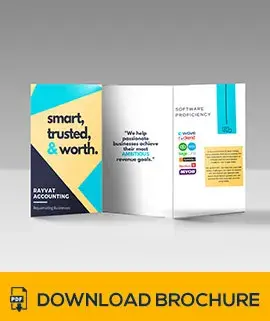Are you ready to simplify your QuickBooks Desktop 10-99 accounting process? Establishing 1099 accounts is essential to guarantee accurate and hassle-free payment reporting of independent contractors. Use this detailed walk-through instruction to quickly create 1099 accounts in QuickBooks Desktop and streamline your tax reporting..
Step 1: Access the Vendor Center
Start by opening QuickBooks Desktop and then working toward the Vendor Center. Click "Vendors" in the top menu, then choose "Vendor Center" from the drop-down menu. This will provide your basis for handling any vendor-related data.
+Step 2: Add New Vendor Information
Making sure a vendor completes their data accurately can help you establish them as a 1099 contractor. Click the "New Vendor" option and provide the required information—name, address, and tax identification number (TIN).
Step 3: Indicate 1099 Eligibility
Go to the "Tax Settings" tab of the vendor profile after the vendor information is input. To label them as a 1099 contractor, check the box marked "Vendor eligible for 1099". As tax reporting depends on this information, confirm that their TIN is valid.
Step 4: Assign Accounts for 1099 Tracking
Click "Lists," then choose "Chart of Accounts." Head to the Chart of Accounts. Name the accounts you paid 1099 merchants from. On every relevant account, right-click, choose "Edit Account," and mark "Track payments for 1099." This phase guarantees appropriate monitoring of 1099-related transactions.
Step 5: Review and Customize 1099 Preferences
Review and change your 1099 options by first accessing the "Edit" menu, then "Preferences," then "Tax: 1099." Make sure the settings—including the reporting level and the suitable tax year—align with your company requirements.
Step 6: Run 1099 Reports
Comprehensive 1099 reports included in QuickBooks Desktop help to simplify tax filing. Go to "Reports," choose "Vendors & Payables," then choose "1099 Summary" and "1099 Detail." Before turning in your taxes, go over these reports to guarantee their correctness.
You have effectively set up 1099 QuickBooks Desktop by following these exacting guidelines. This simplified procedure will help you to better control vendor payments and ease your tax reporting responsibilities. To be compliant and orderly, keep in mind to routinely examine 1099 reports and change vendor information. Good accounting!
Ready to streamline your finances and take control of your business? Contact us today. Our team of QuickBooks experts will let us handle your bookkeeping and accounting needs with precision and expertise. Don't wait; take the first step towards financial clarity and success – reach out to us now!


